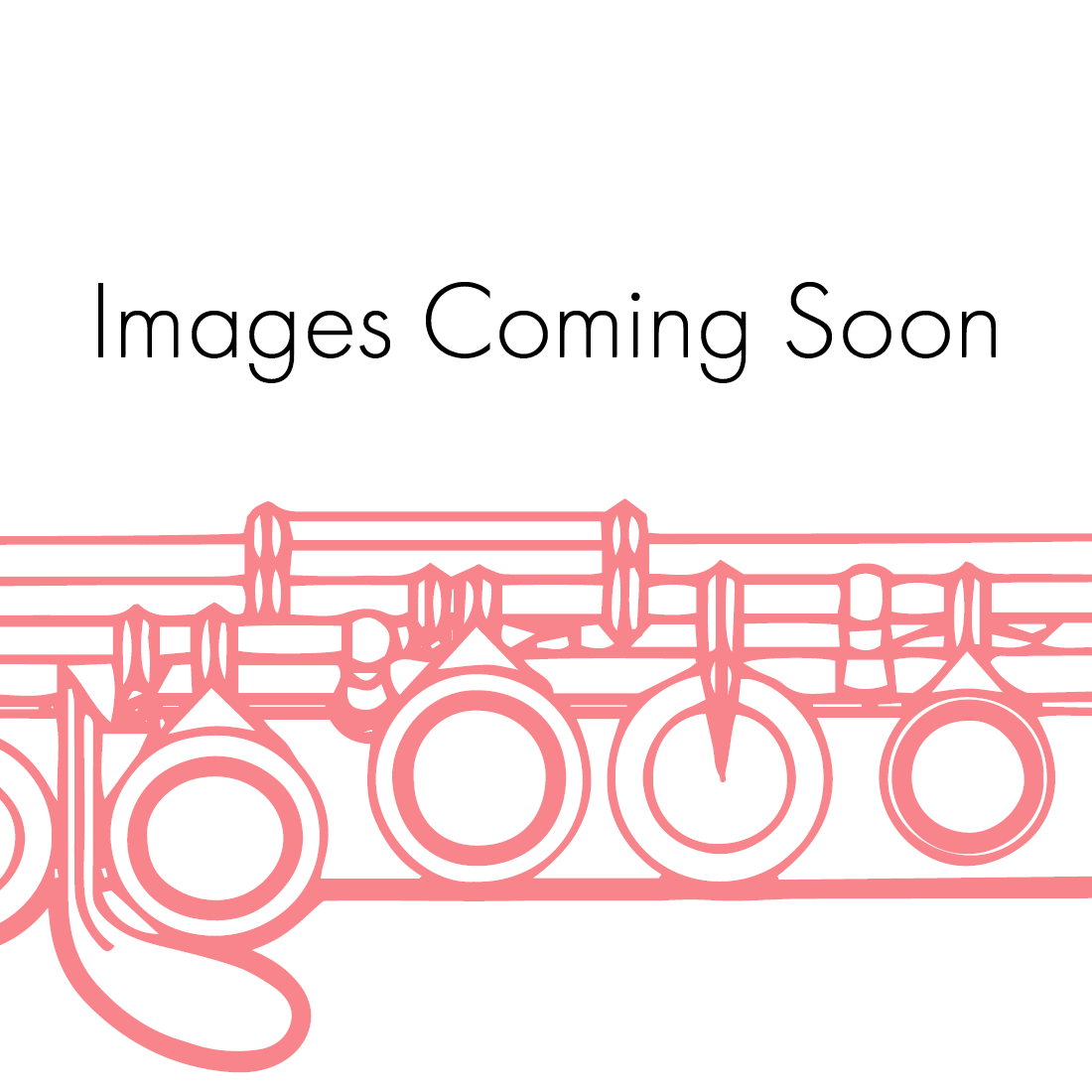
Our Description
Composer's Notes
"! wrote the original version of To Invoke the Clouds for a one-key Baroque or early Classical flute (flauto traverso), with or without live electronics, as a tribute to Luciano Berio on his seventieth birthday . Berio had been my mentor during the three years I lived and studied in Italy. In writing the piece, I wanted to celebrate some of the ideas his work represents: respect for the music of the past, especially music passed down from oral traditions in the context of music today, exploring instrumental virtuosity, and, perhaps the most challenging of all, to write music that is personal, yet still capable of direct communication with its listeners.
The music is based on a Hopi Flute prelude to a dawn rain ceremony, recorded in 1905. This original melody is played at the beginning of the piece as a prelude. A highly ornamented version of the Hopi melody opens To Invoke the Clouds, followed by a sequence of phrases longer in length and gradually reaching to the upper range of the instrument. The final section of the piece brings back the opening in a new way, with pitches freely inverted, leading to a contemplative ending. In the modern flute version I adapted the music of the original traverso piece to make it more idiomatic. It is essentially the same piece, though the subtle effects of alternate fingerings and the use of harmonic fingerings have been adapted to the Boehm flute. The range of the piece has been expanded as well to incorporate the possibilities of the modern flute.
The version for two flutes came about after sketching ideas for a version for Baroque flute and electronics. This seemed to me necessary since the soft tone of the Baroque flute would be lost in many modern concert halls, and that amplification, as well as reverberation and other effects would be necessary to project the sound of the Baroque flute. As a result, I found myself writing secondary lines, counterpoints to the original solo flute line, and the duet version (without electronics) began. In the duet version, the implicit dialogue in the solo version becomes a true duet. The rising figures leading to the high point are accentuated by the dialogue of the two flutes, and the concluding section, now a dialogue, is made more poignant in the version for two flutes."
Item Details
Category: Duets for Two FlutesPublisher: Fallen Leaf Press
Our Stock Code: 1151138
Media Type: Paperback

